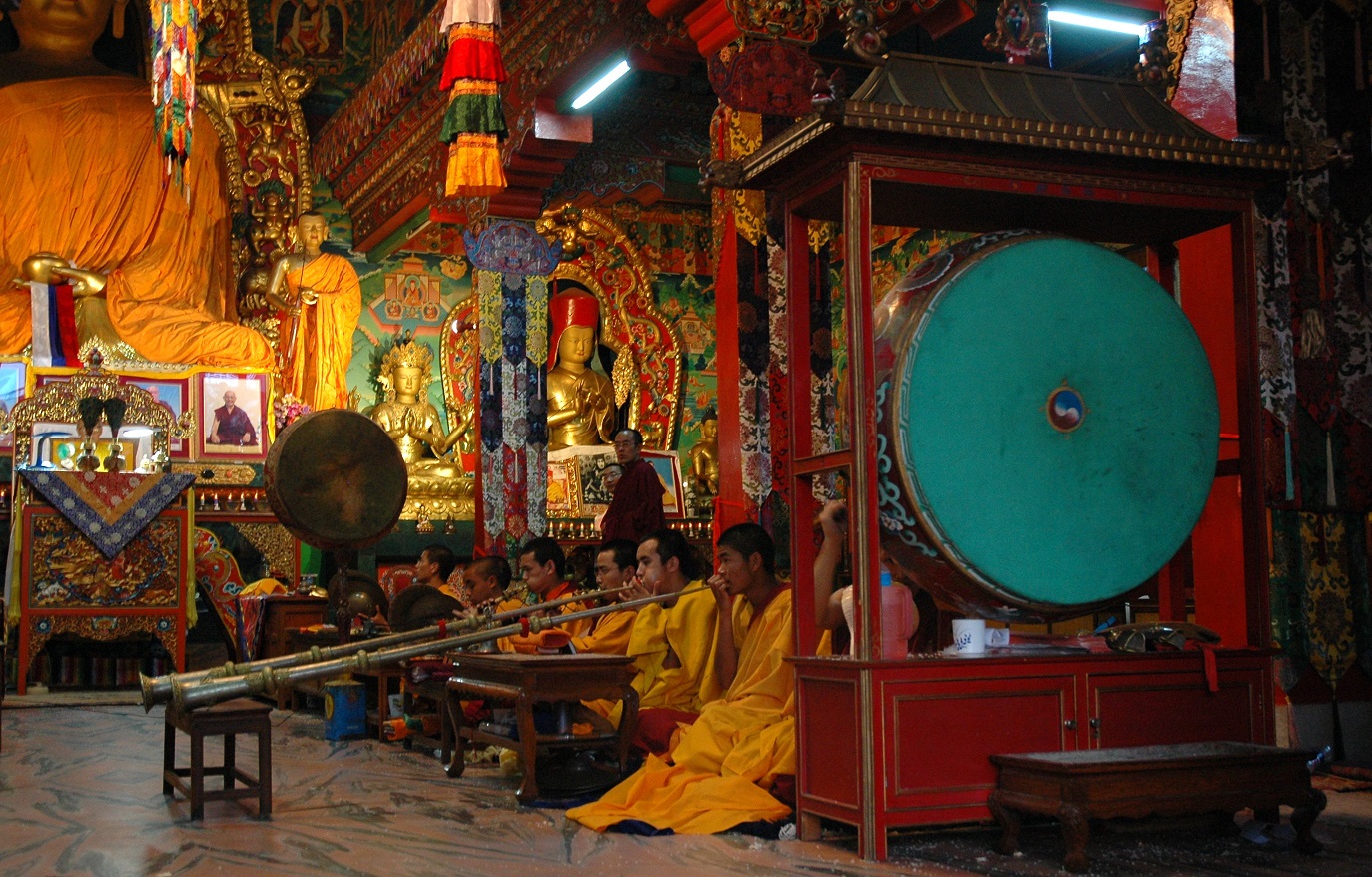Buddhism, a religion with a rich history and diverse practices, has evolved into several major sects over the centuries. Among them, the three main sects are Hinayana, Mahayana, and Vajrayana. Each sect has distinct beliefs, practices, and approaches to achieving enlightenment. Let’s explore these three significant branches of Buddhism:
Hinayana (Theravada) Buddhism:
Hinayana, meaning “Small Vehicle” or “Way of the Elders,” is one of the earliest and most conservative sects of Buddhism. It is prevalent in countries such as Sri Lanka, Thailand, Myanmar, Laos, and Cambodia. The term “Hinayana” was historically used by Mahayana Buddhists to refer to the more conservative schools, but today, the preferred term is Theravada, which means “Teaching of the Elders.”
Key Beliefs and Practices:
- Theravada Buddhism adheres closely to the Pali Canon, the earliest and most complete collection of Buddhist scriptures.
- It emphasizes the historical Buddha, Siddhartha Gautama, as the primary teacher whose teachings lead to individual liberation (nirvana) from suffering.
- Monasticism and meditation are fundamental aspects of Theravada practice, with monks and nuns dedicating their lives to the pursuit of enlightenment through meditation and strict observance of Vinaya (monastic rules).
- The goal of a Theravada practitioner is to attain personal enlightenment and become an Arahat (enlightened being).
Mahayana Buddhism:
Mahayana, meaning “Great Vehicle,” emerged around the 1st century CE and became the dominant form of Buddhism in East Asia, including China, Japan, Korea, Vietnam, and Tibet.
Key Beliefs and Practices:
- Mahayana Buddhism extends the concept of enlightenment beyond personal liberation to include the liberation of all sentient beings. Practitioners strive to become Bodhisattvas—enlightened beings who postpone their own Nirvana to assist others in attaining liberation.
- The Mahayana sutras, such as the Lotus Sutra and the Heart Sutra, are considered important scriptures in this sect.
- Devotional practices, including chanting, recitation of mantras, and visualization of Buddhas and Bodhisattvas, are prevalent in Mahayana Buddhism.
- The Pure Land and Zen traditions are two well-known sub-schools within Mahayana Buddhism.
Vajrayana (Tantric) Buddhism:
Vajrayana, also known as Tantric or Esoteric Buddhism, is an advanced form of Mahayana Buddhism that emerged later in India and became prominent in Tibetan Buddhism.
Key Beliefs and Practices:
- Vajrayana practitioners believe in swift enlightenment through the skillful use of esoteric practices, mantras, mudras (ritual gestures), and mandalas (sacred diagrams).
- The Vajrayana path is taught by qualified spiritual teachers (gurus), and personal guidance is considered crucial in the practitioner’s journey.
- The ultimate goal is to realize the inseparability of wisdom and compassion and attain Buddhahood in one lifetime.
- The Dalai Lama, the spiritual leader of Tibetan Buddhism, is an influential figure within the Vajrayana tradition.
Each of these three sects represents unique paths to spiritual realization within the broader context of Buddhism. They have contributed to the global diversity of Buddhist practice and continue to inspire millions of followers worldwide.
